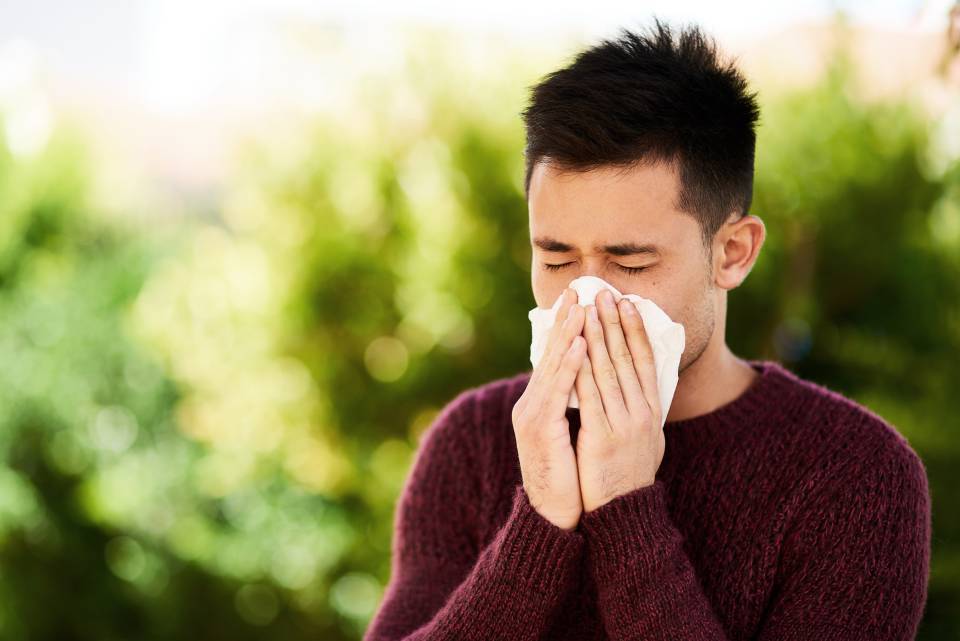The new regulation considers cannabis as suitable treatment to alleviate the symptoms of various diseases. Also, this substance may be prescribed only by a health professional and dispensed preferably in a hospital pharmacy or, if not, in a community pharmacy. Currently, compounds derived from cannabis, such as cannabidiol (CBD), are already used for the treatment of some pathologies, such as refractory epilepsy. The latest version of this regulation includes the added indication of cannabis for endometriosis and cancer pain. This represents an alternative for the treatment of associated symptoms, which have a great impact on the quality of life of people who suffer them.
Endometriosis is one of the most common benign gynaecological diseases and affects 10-15% of women of childbearing age. It is a chronic, hormone-dependent and inflammatory disease. It is noted for the tissue that forms the lining of the uterus developing in other areas of the pelvis or even completely outside of it. This makes it one of the main causes of pelvic pain and reproductive problems in women.
The main symptom of endometriosis is pelvic pain during menstruation, but it can also occur in its absence. “Since menstrual pain is a normal occurrence, a delay in diagnosis is one of the most significant problems. Patients with pelvic pain should see their doctor to investigate the cause,” says Meritxell Gracia, a gynaecologist at the Hospital Clínic de Barcelona.
The first-line treatment is pharmacological, whose objectives are to reduce or eliminate pain and improve fertility. A combination of analgesics is used to treat the pain, such as non-steroidal anti-inflammatory drugs, together with hormonal treatments, mainly oestrogens and progestogens, which inhibit ovulation and suppress menstruation. In some patients, surgical treatment may also be indicated.
Possible chronic complications are due to sequelae derived from chronic pelvic pain. Thus, this disease can impact on the quality of life of patients, thereby also increasing long-term health costs. Patients usually go to a hospital emergency department because of the pain. This increases the number of visits and consultations with different specialists and may even require hospital admission for intravenous administration of analgesics.
Meanwhile, cancer pain affects 50-66% of cancer patients and is one of its most disabling symptoms. Cancer pain can be caused by the tumour itself or as a side effect of cancer treatment. This makes cancer pain a complex condition to diagnose and treat.
Other diseases and symptoms for which cannabis would be indicated, in accordance with the new regulation, are multiple sclerosis, chronic non-cancer pain, including neuropathic pain, and the side effects of chemotherapy, such as nausea and vomiting. The number of diseases could be increased, providing there is sufficient scientific evidence to evaluate its effectiveness and possible side effects. In the next 6 months, the Spanish Agency for Medicines and Medical Devices (AEMPS) will have to apply the regulations and guarantee the availability of products in pharmacies.
Information documented by: Dr. Meritxell Gracia, gynecologist from Gynecology Service of the Clinical Institute of Gynecology, Obstetrics and Neonatology at Hospital Clínic de Barcelona




